8. License To Kill (1989)
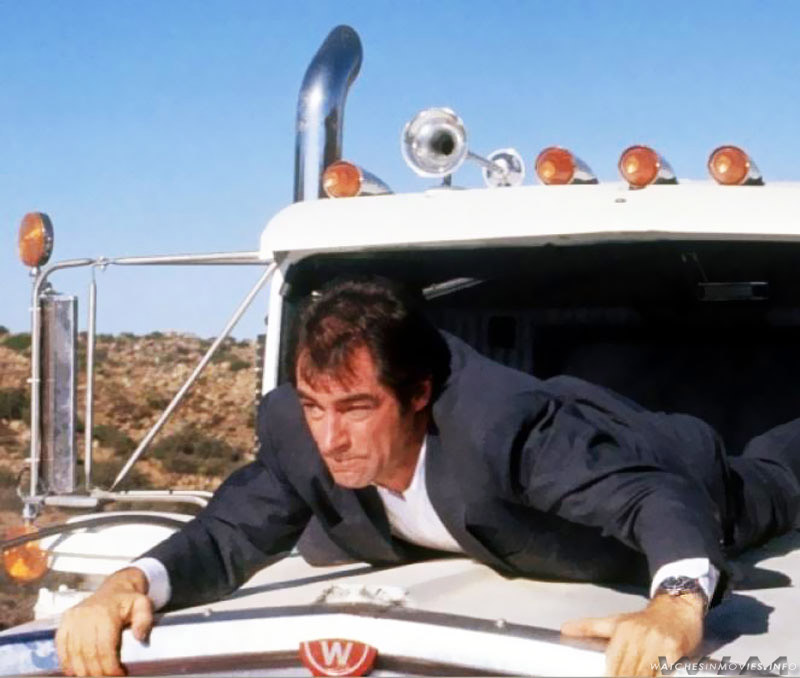
One of the most violent and hard-edged films in the series, License To Kill did not enjoy the commercial success of many others. This is partly due to the intense competition it had upon its release with films such as Lethal Weapon 2, Indiana Jones and the Last Crusade and Tim Burton’s Batman.
The public were also turned off by the somewhat humourless revenge story that has more in common with other genres than what Bond fans were expecting. It was Timothy Dalton’s second and final outing as Bond and he brings a real emotional weight to the character.
Many of the expected tropes are on display: gadgets, beautiful locations, nasty henchmen and so on but there is also focussed on plot rather than using that as simply something to hang action scenes on. That said, the action scenes are handled particularly well, including Bond driving a truck on its side and water-skiing onto a plane.
Robert Davi and a very young Benicio Del Toro fill the villainous roles with suitable savagery and menace and Carey Lowell is great as one of the most real Bond girls in the whole series. Desmond Llewellyn is also on hand to provide some much needed light relief to proceedings along with a star turn from Wayne Newton, who had always wanted to be in a Bond film, as the phoney evangelist, Professor Joe.
License To Kill deserves a lot of praise for the way it took Bond in a very different direction. It’s been done in a similar way with Daniel Craig but perhaps Dalton’s Bond was ahead of his time. In any case, his performance here should have earned him another film. As it turned out, contract problems robbed him of that opportunity.
7. Dr No (1962)
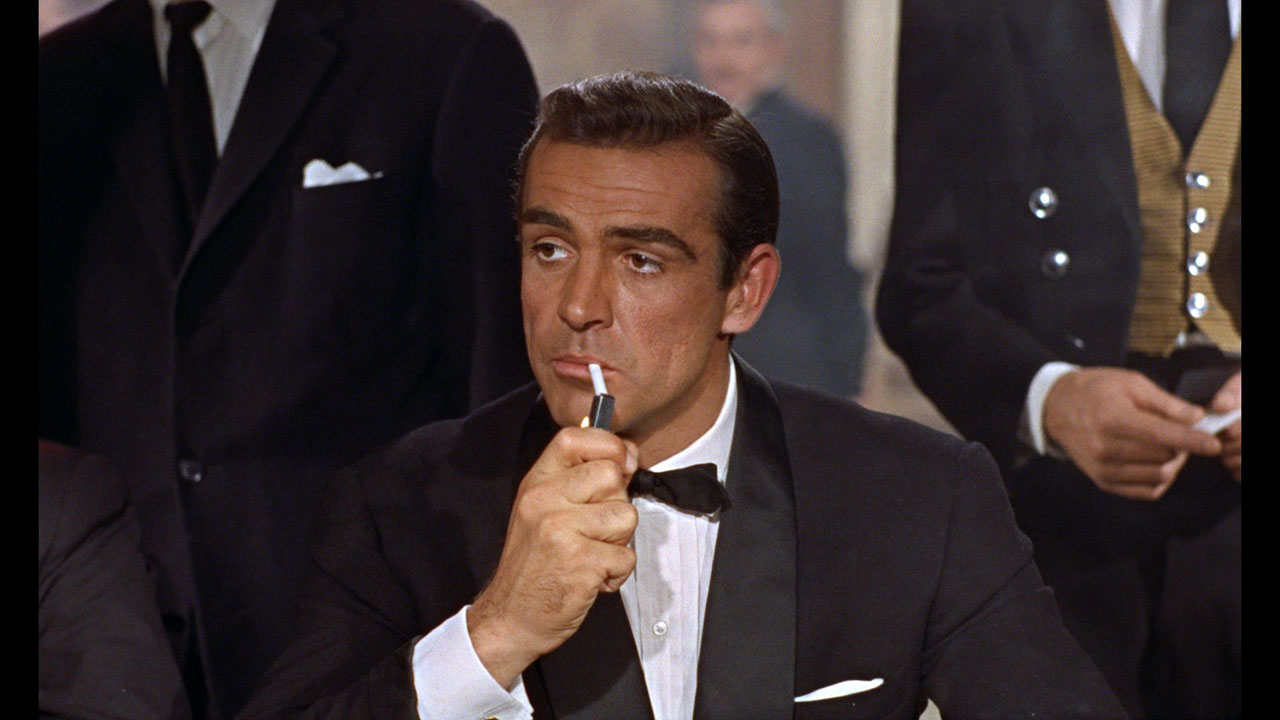
The original Bond film, strangely enough, shares some of the menace described above in License To Kill. In this film, we see a far more cold, calculating Bond. This is offset deliberately by the injection of tongue in cheek humour that was to become one of the hallmarks of the series.
The producers found that they could get a lot more of the violence through the certification authorities by accompanying it with humour. There is no disguising the menace of Bond in this film, however, shown brilliantly in his killing of Professor Dent. This is one of the few Bond films that sticks closely to Fleming’s original novel with only minor alterations.
The exotic setting of Jamaica set the standard for Bond’s globetrotting adventures and this first film also sets in motion many of the themes that would become standard across the whole series. These range from Martini being shaken; not stirred, the Walther PPK, SPECTRE, the gun barrel opening sequence and many others.
Most notably, we have the inception of the famous introduction that has passed into cinematic history – “Bond, James Bond.” The film opened to mixed reviews but it was a great financial success in Britain, paving the way for more films.
6. Live and Let Die (1973)
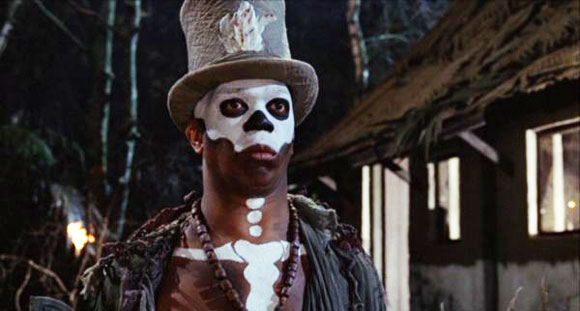
Bond returned to the West Indies via New York and the Louisiana bayou for this, Roger Moore’s first film as Bond. Moore had to fight against the producers desire to cast an American actor in the role. Clint Eastwood, Paul Newman and Robert Redford were all considered before the decision was finally made. Coming as it did at the height of the blaxploitation movie era, the producers chose to play up that aspect of the story with Yaphet Kotto performing villain duties as Dr Kananga/Mr Big.
Kotto is gleeful in his performance, bringing an almost childlike sensibility to his character which works particularly well. Moore gave us a very different Bond to the one that Connery and, to a lesser extent, Lazenby had provided. He didn’t have the same hardness about him and, as a result, the producers decided to allow things to become slightly more light-hearted.
Live and Let Die is lots of fun to watch. There are great stunts like the running on crocodiles shot which took five takes and nearly cost someone their foot and a variety of chase sequences including everything from speedboats to a bus. The film has lots of thrills and a fair amount of scares including disturbing snake sequences where the fear in the actors’ faces is completely genuine.
5. Casino Royale (2006)
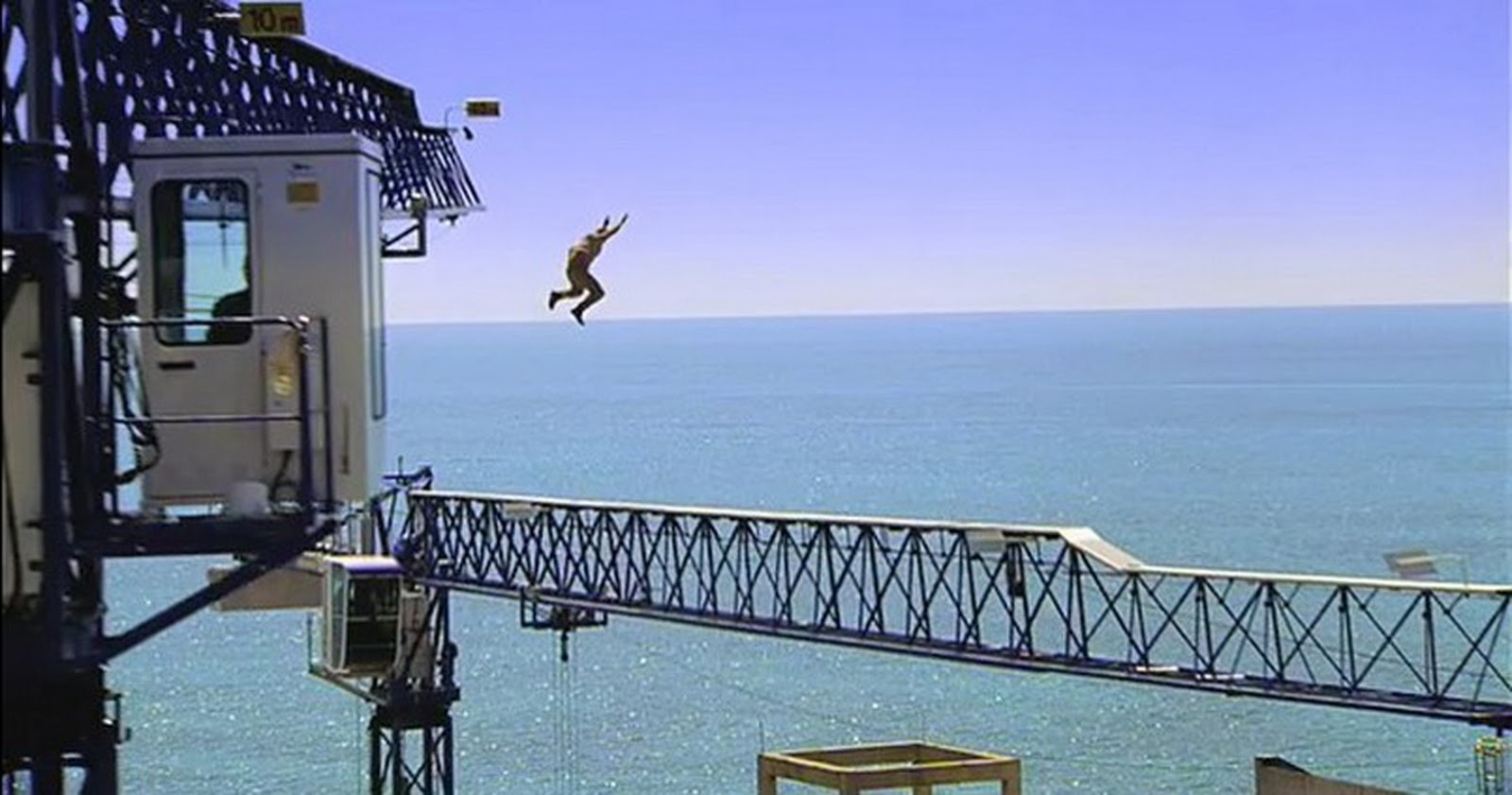
No Bond film enjoys a higher rating on IMDB. After the critical failure of Die Another Day and in the wake of the huge success of Matt Damon’s second outing as Jason Bourne, the producers realised that they had to evolve or face becoming obsolete. Their response was the perfect one. They hit the reset button and took things right back to the start.
A black and white opening gives us the uncomfortable scene of Bond winning his 00 status followed by one of the most exciting chase sequences in the entire series utilising the talents of parkour expert Sebastien Foucan to produce thrills that brought the audience to the edge of their seat.
A high energy theme tune by Chris Cornell signalled that this was going to be a new take on a classic story. Having entered the top five Bond films, it is fair to say that the quality from here on in is undeniable. Casino Royale is a magnificent film with brilliant performances from its cast and a superbly simple plot that succeeds in making watching other people play cards exciting.
Mads Mikkelson is suitably horrible as Le Chiffre but the highest praise should go to Eva Green for creating the best Bond girl ever in her portrayal of Vesper Lynd. She is a revelation and every film Craig has done since has suffered from her absence. Things do go off the boil somewhat in the final act but there is a purpose behind this and you cannot fault the film makers for sticking to the story they wanted to tell. Casino Royale is pure class.
4. On Her Majesty’s Secret Service (1969)
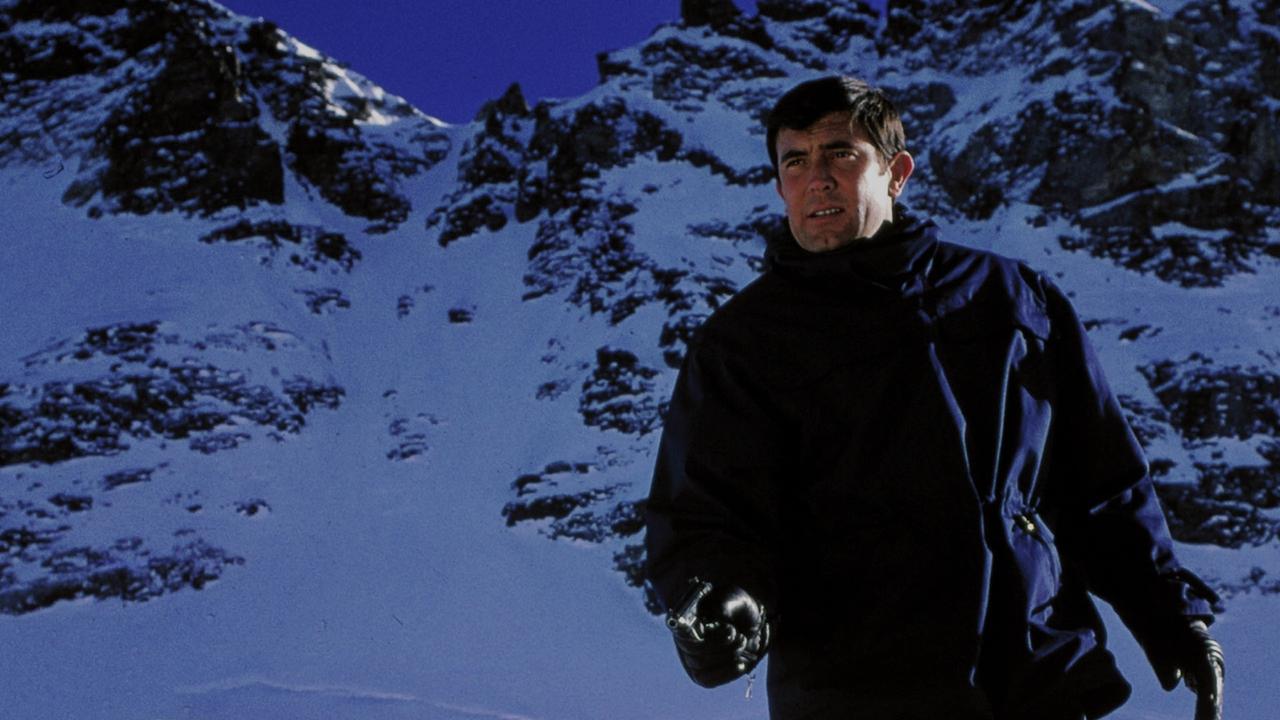
George Lazenby’s much maligned attempt at the role of James Bond is a subject of intense debate. Some people refuse to even acknowledge that OHMSS is part of the series. This does an immense injustice to the man’s efforts in filling the shoes of Connery’s iconic take on 007.
Lazenby manages to retain the sharp edge of Connery’s bond but brings a warmth and pathos to the character that you do not see elsewhere. His witty remarks are every bit as entertaining as Roger Moore’s and he generates massive sympathy in his isolation at Blofeld’s mountain hideaway.
The plot is believable to a point and certainly no more ridiculous than the spaceship that eats spaceships of two films previous. Telly Savalas makes a great Blofeld, more youthful and a match for Bond in more than one way.
It is the love story that accompanies all this that is the real heart of the film, however. In no way is this a distraction to the world domination angle of the villain. In truth, it makes the plan so much more terrible because it threatens the happiness that Bond has finally found.
The audience share a real bond with Lazenby and his co star Diana Rigg and this helps create a meaningful tension as they attempt to escape from Blofeld. One of the most iconic scenes in the series is seen by many to be Ursula Andress emerging from the water in Dr No.
However, there is a lot more emotion attached to the sight of a set of ice skates weaving their way through a crowd before the camera pan’s up to show Diana Rigg, come to rescue our hero in his moment of dire need. We see Bond actually scared in this moment, something we rarely see across the entire series. How wonderful it is that he is rescued by a woman rather than the other way around.
Given this was made in the 1960s, a few later films could take note of its risk-taking approach. All this is to say nothing of the tragic ending, another brave decision by the producers. On Her Majesty’s Secret Service is not just a great Bond film. It’s a great film, period.
3. Goldfinger (1964)
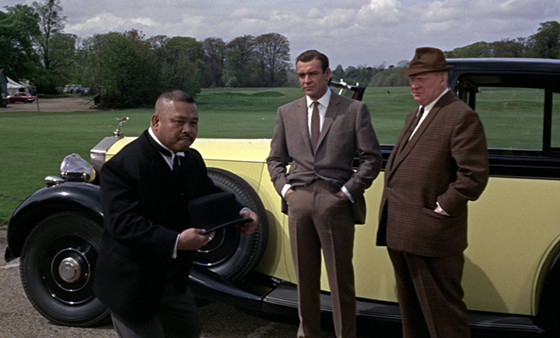
Above all the others, Goldfinger has become the film that defines the franchise. It has been referenced so many times in the series since it was made that it has become the gold standard for the rest. It was the first Bond blockbuster and a smash hit on both sides of the Atlantic. One cinema in New York had to stay open 24 hours a day to meet the demand of people wanting to see it.
All the most familiar tropes of the Bond franchise are contained within the film and it has some of the most memorable and iconic scenes in cinema; everything from gold-painted Shirley Eaton to the Aston Martin DB5 to the laser emasculation scene. Gert Frobe provides in Auric Goldfinger an intellectual opponent for Bond, complemented brilliantly by his brutal Korean servant, Oddjob. There is plenty of humour in the film and a sense of fun that makes this more of an adventure than the first two films.
It is also the first of the series to feature a title song in the opening credits and Shirley Bassey passed into movie folklore with her stunning performance. Goldfinger is a fast-paced film that rattles along and leaves little room for reflection. It is beloved among fans of the franchise and rightly so.
2. The Spy Who Loved Me (1977)
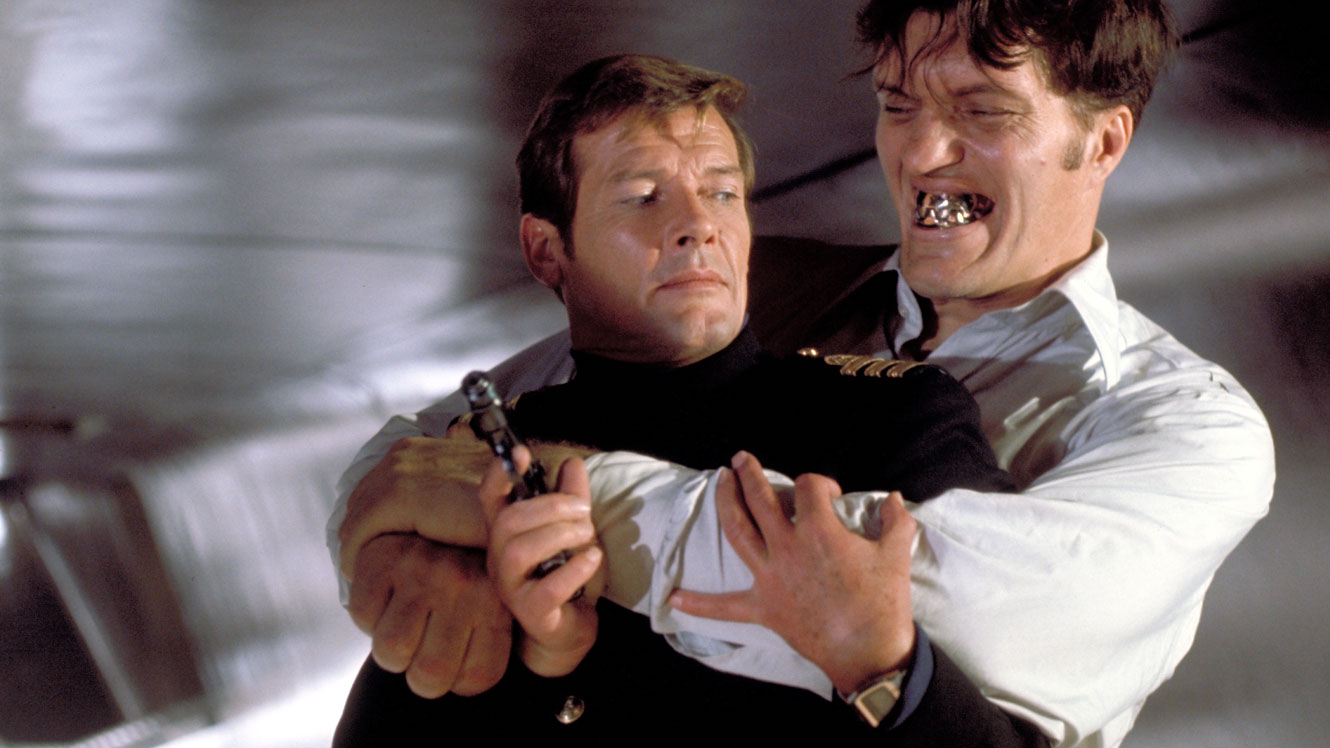
Everything that Goldfinger has, The Spy Who Loved Me has too. A great opening song by Carly Simon, iconic scenes like the parachute ski jump, a beautiful car in the Lotus Esprit that enjoyed massive sales after the film in the same way that the DB5 did after Goldfinger, a clever villain with a brutal henchman (Curt Jurgens’ Stromberg and the metal-toothed Jaws played by Richard Kiel), fantastically designed sets, a battle scene at the end.
The Spy Who Loved Me wins because of Barbara Bach. That’s not to say that there isn’t the same raging chauvinism on display. She’s called XXX for goodness’ sake and she ends up tied to a chair in a flowing gown in the final act. She does, for the majority of the film, provide an excellent sparring partner for Roger Moore. She’s softly spoken and self-assured, confident in her parity with her British counterpart and, above all, has some kind of back story.
Moore himself was in the prime of his tenure as Bond in this film. He really sizzles in the character and finds the perfect balance of action and humour. Add to all this the wealth of beautiful locations from Egypt to Sardinia along with the brilliant action scenes and The Spy Who Loved Me is worthy of a place among the very best films in the series.
1. From Russia With Love (1963)
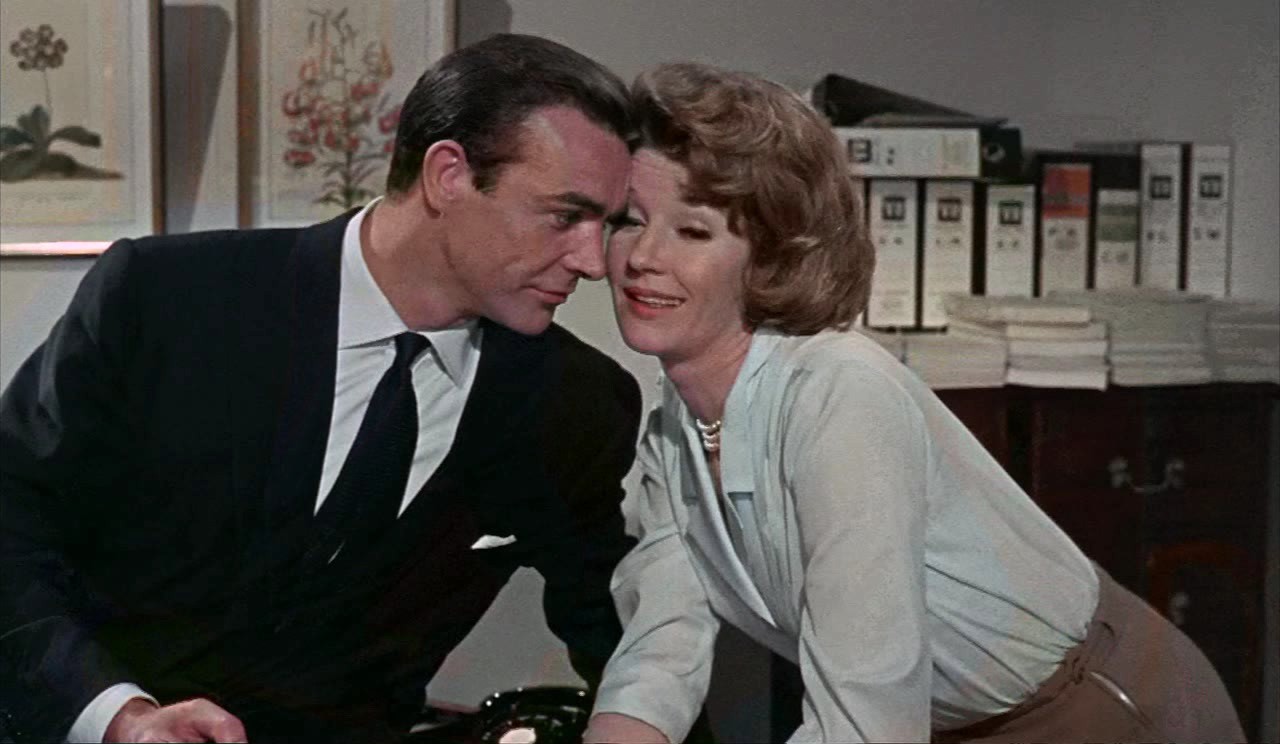
Right at the top of the pile is the second film that Sean Connery made. The rough edges of Dr No had been ironed out but the feel of Ian Fleming’s novel remained in what is, essentially, a straightforward espionage story. SPECTRE are introduced more formally and there are a plethora of ingeniously drawn villains with their own particular styles.
There is the evil Rosa Klebb with her poison knife shoes, the sinister Kronsteen and his machinations and, perhaps the best Bond villain of all time, Donald “Red” Grant. Robert Shaw’s performance is so menacing that he belongs in a much more serious film. He is a psychopath in the mould of Patrick Bateman, squeezed into a smart suit and taught how to speak politely.
The exchange and fight between Bond and Grant on the train is one of the absolute high points of the series, the two trading insults and jibes before battling it out in a brutal way, long before Jason Bourne picked up a catalogue. The other supporting players are excellent too, including Pedro Armendariz as Ali Kerim Bay, so far removed from Bond but a perfect guiding presence whose death is sorely felt.
The film, despite its serious tone, always finds time to inject a little humour to proceedings, such as ‘M’ stopping the recording in front of his associates before Bond inadvertently divulges the nature of their activities “this one time in Hong Kong”. Q branch makes an entrance to equip Bond with the first set of gadgets that would become such a familiar part of the franchise.
Above all, From Russia With Love keeps action at its core, moving along at a brisk pace in a serious, believable story that has no pretensions. It’s an amazing film and deserves its place at the top of the list.
Author Bio: Richard Austin is a Primary School Deputy Headteacher who’s just finished his first novel and is saving up to get it edited. When he was a kid, he used to keep a little book of the films he went to see at the cinema, giving them ratings out of 5, which his family and friends find highly amusing to this day! He also has a website where he writes his random thoughts about science fiction.